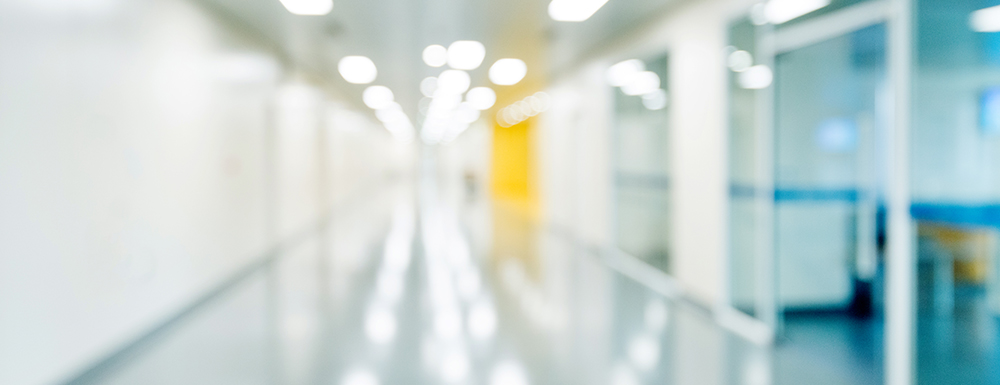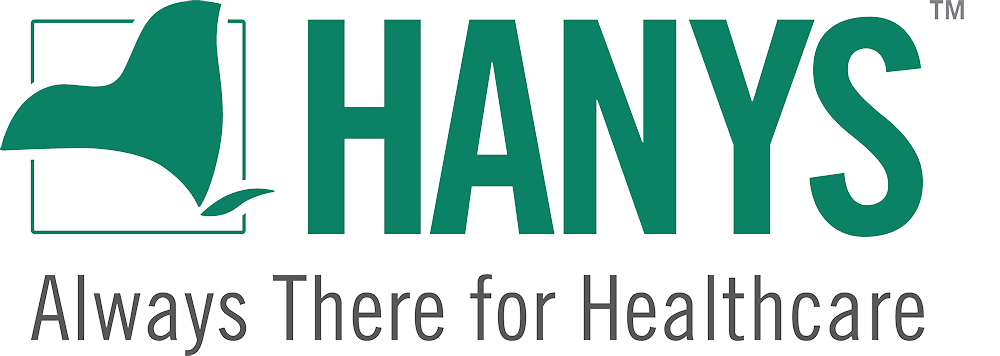Reflections on the COVID-19 response – and a look ahead
Key takeaways from the past few months will help us prepare for future public health emergencies.

In what feels like a lifetime ago, New York identified its first case of COVID-19 in early March. These three months brought about horrific losses – the lives of more than 24,000 New Yorkers and the good health and livelihoods of many more.
As we work together to put this pandemic behind us, our experience and observations must now guide us as our state rebounds this summer, and as we prepare for a potential second COVID-19 wave or a future pandemic.
Disparities need greater attention and action. In 2018, the HANYS board of trustees undertook a long-range scenario planning process that focused on factors and trends influencing healthcare. This work placed a special emphasis on the role of technology and the growing economic and social disparities in our communities. The pandemic exposed these disparities because COVID-19 ravaged low-income, minority areas. In the short term, these communities need increased resources – testing, healthcare services, masks and more. Longer term, more must be done to identify and uproot the causes of these disparities.
Telemedicine is here to stay. Pre-COVID, healthcare’s embrace of technology solutions was slow, representing less than 1% of total outpatient visits in 2016. Not so now – telehealth visits are projected to soar to 1 billion by the end of 2020, according to Forrester Research, “including 900 million visits related to COVID-19.” According to Fair Health, telehealth use in the Northeast “surged from 0.1% of private claims in March 2019 to 11.1% in March 2020.” The COVID-19 outbreak created a “necessity is the mother of invention” New York fervor to stand up a telehealth regulatory framework that quickly allowed patients to receive care remotely by an ever expanding list of providers. Now firmly in place, this technology framework will continue to expand.
Flexibility is critical when responding to health crises. Thanks to the governor and DOH, hospitals across the state were granted significant regulatory relief. These waivers allowed our hospitals to ramp up capacity more quickly and efficiently get appropriate clinical staff where they were most needed. Like technology, this new regulatory framework should stay as we work to create new efficiencies and improved ways of delivering safe, effective care.
We must restructure our medical supply chains. Dependence on out-of-state and global suppliers thwarted efforts to ramp up medical care as COVID-19 cases surged. During the height of this pandemic, personal protective equipment, testing supplies and more were nearly impossible to secure. To prevent this multi-state scramble from recurring, seven governors, including Gov. Cuomo, have agreed to develop a regional supply chain for personal protective equipment and other medical supplies. Additional planning is also underway to produce supplies in-state.
We need to keep working and learning together. Despite the horror, panic and sadness of it all, we learned a lot. Collaboration and communication are key. Our local community hospitals and government agencies worked together 24/7 to respond and manage this public health crisis. Gov. Cuomo held daily press briefings, established a website, shared data and disseminated new developments as they occurred. Residents across the state stayed at home, donned masks, re-learned how to wash hands and maintained “social distance.” Last but certainly not least, our essential workers’ served tirelessly and compassionately on the front lines. This full team effort helped New York state save lives and flatten and eventually crush the COVID-19 curve.
Thankfully, hospitals throughout New York can now schedule their patients’ long-delayed elective procedures. They are safe, supplied and staffed to do so, and New Yorkers should feel confident they can go get the medical care they need. Even as we reopen, we’re mindful of what lies ahead. It’s up to all of us, right now, to take what we’ve learned to plan ahead for the next pandemic, tragedy or hurricane and be ready to respond, fully informed by the lessons of the past few months.
